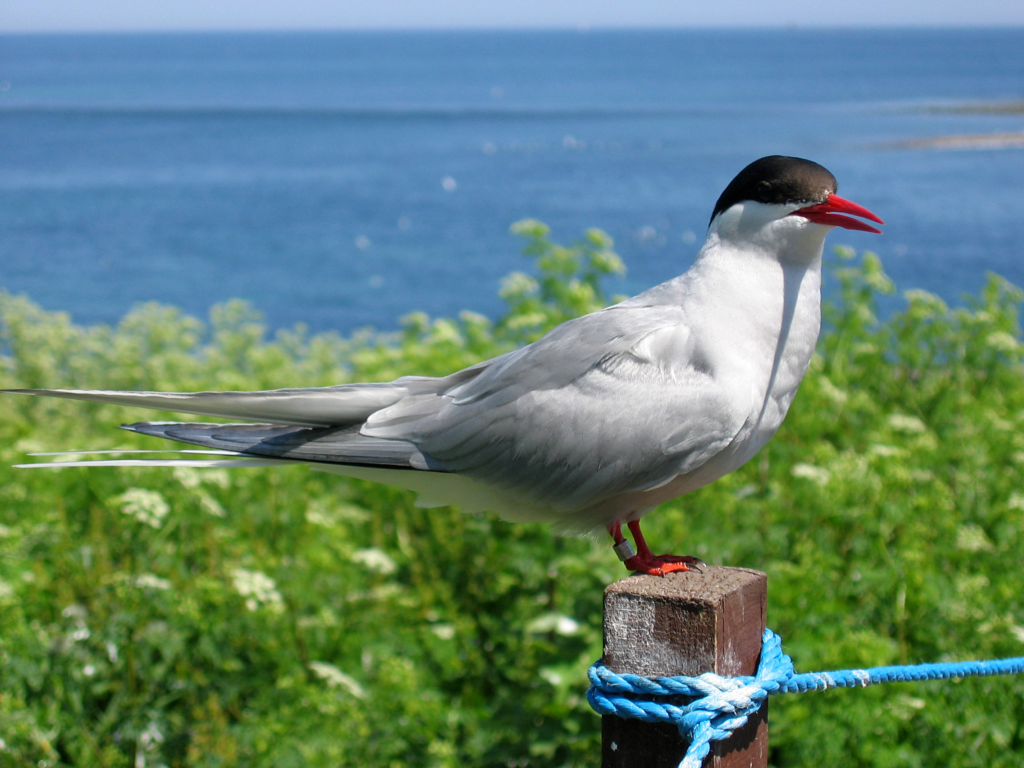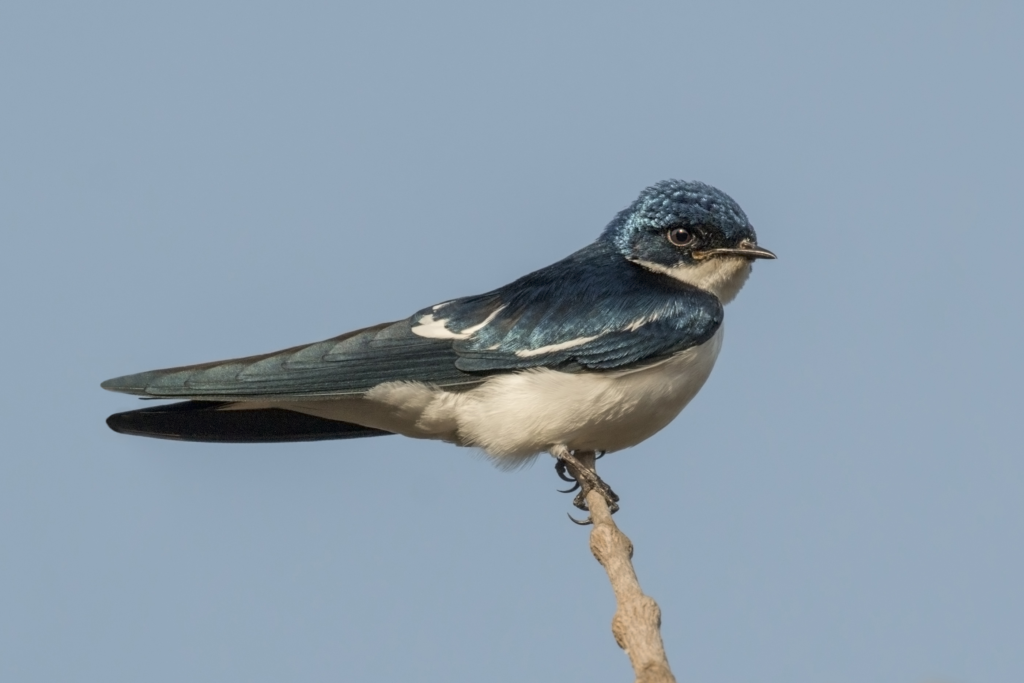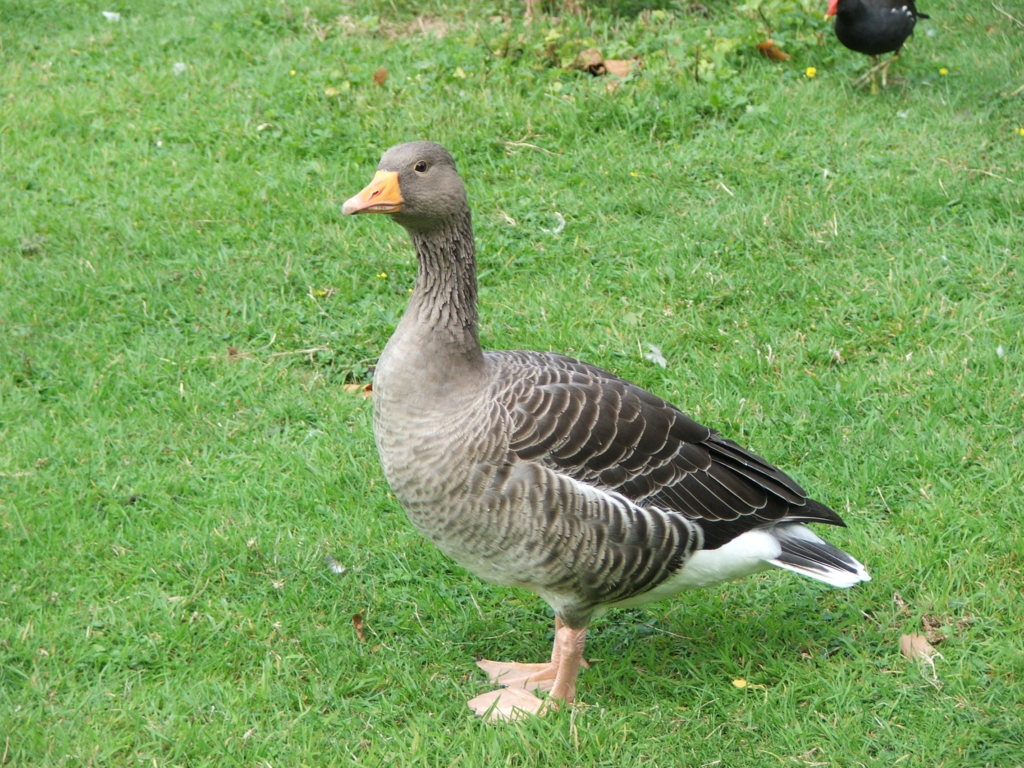The Great Travellers
Key Notes :
Migration:

Birds migrate to find better food, warmer weather, and suitable places to raise their young.
Migration is a seasonal journey that many birds make.
Reasons for Migration:
Food: Birds travel to areas where food is more abundant during different seasons.
Weather: Birds go to warmer places in winter to avoid the cold.
Breeding: Many birds migrate to specific locations to build nests and raise their chicks.
How Birds Navigate:

Birds use the position of the sun and stars to guide them during migration.
They can also sense the Earth’s magnetic field to help them find their way.
Distance of Migration:
Some birds travel long distances. For example, the Arctic Tern migrates from the Arctic to the Antarctic, covering over 44,000 miles each year!
Other birds, like the Ruby-throated Hummingbird, travel shorter distances.
Examples of Migratory Birds:
Arctic Tern: Known for the longest migration.

Swallows: Travel from North America to Central and South America.

Geese: Fly south for the winter, often seen flying in a V formation.

Importance of Migration:
Migration helps maintain bird populations and ecosystems.
It allows birds to take advantage of different habitats throughout the year.
Conservation:
Many migratory birds face threats like habitat loss and climate change.
Protecting their migratory routes and breeding grounds is essential for their survival.
Fun Fact:
Did you know that some birds can fly non-stop for several days during migration? They have strong wings and can rest in safe places along their journey!
Let’s practice!

